Who is Peter Beck and why he abruptly Elon musk
Categories: Space | Technology
By Pictolic https://pictolic.com/article/who-is-peter-beck-and-why-he-abruptly-elon-musk.htmlWhat makes Elon Musk for space exploration is surprising and commendable. But the American billionaire is a competitor who is not just coming on his heels, and in some ways has surpassed. A simple guy from New Zealand named Peter Beck (Peter Beck) — no less remarkable genius of rocketry, and he began in the best traditions of the genre — in the garage, a scrap metal and technical literature.
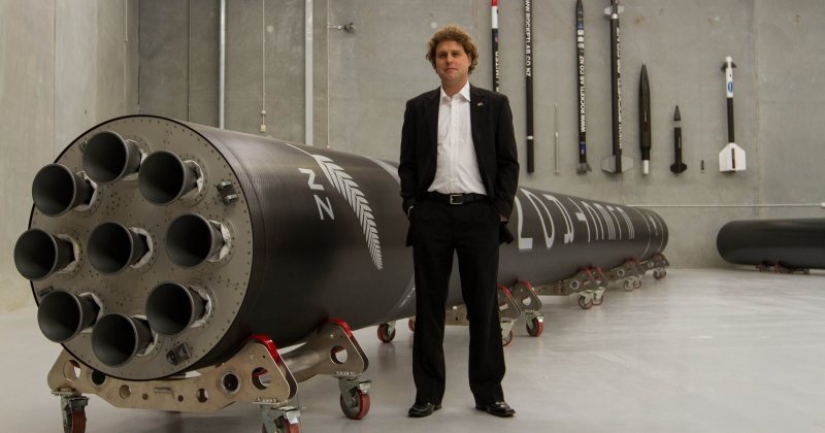
From his peers Peter differed from early childhood. He wasn't attracted to unproductive running down the street and childish fun — he loved spending time in the garage watching his father tinkering with the machine. In the tiny new Zealand town where the family lived Beck, there was almost no entertainment and milling machine father was the most vivid childhood impression of the boy.
In 15 years Peter first tried to create something from scratch with your own hands and it worked! All aluminum bike that the young master had collected almost out of the garbage, became the envy of their peers. 16 Beck bought for $ 300 dilapidated Austin Mini minicar and fully repaired.
Peter's father — the Director of the city Museum, he had Golden hands, but even he was surprised to see a car that looked like one off the line. It became clear that the guy found himself in this world he just doesn't need to interfere. Since no one grumbled when Peter 10-12 hours is not out of the garage. He remembers it this way:
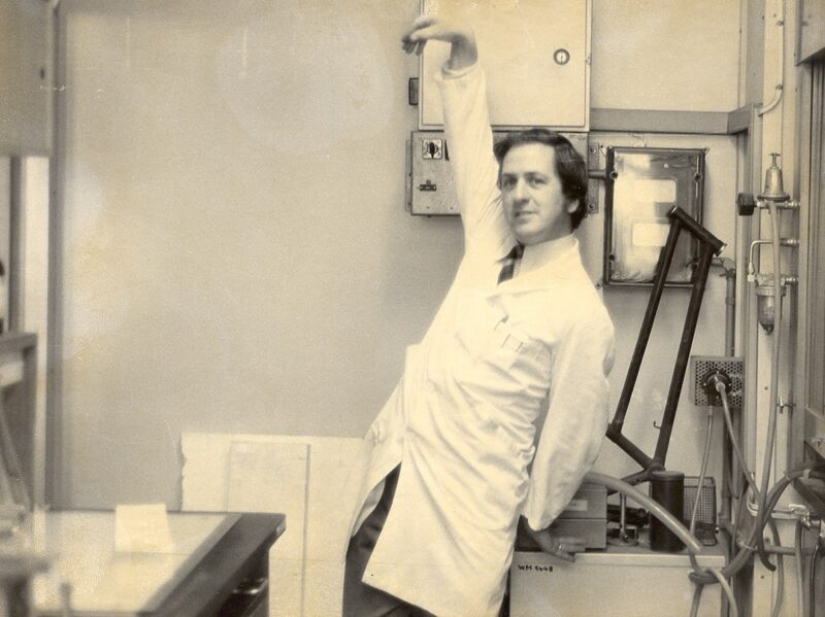
But the mechanics have long fascinated Peter, and in 1999, at the age of 18 years, the young craftsman has threatened on creation of the rocket engine. The Internet in those days was still too young to give answers to all questions and necessary information had to draw from books from the library and was discharged by mail.

After several setbacks, the engine still work and Peter decided to try it out. He took the one aluminum bike and attached the unit to it. Wearing a motorcycle helmet and an orange jumpsuit, Peter Beck started in an abandoned Parking lot. He managed to reach speeds of 150 km/h only at the expense of thrust — it was a success!
People literally "on the knee" brought together a working jet engine would qualify for a degree or, at least, to the position of chief engineer in a large company, but Peter Beck's career has not interested. He earned a living by cleaning toilets and Windows, aluminum billet loaded in the factory, worked the Assembly and repair of metallurgical equipment.
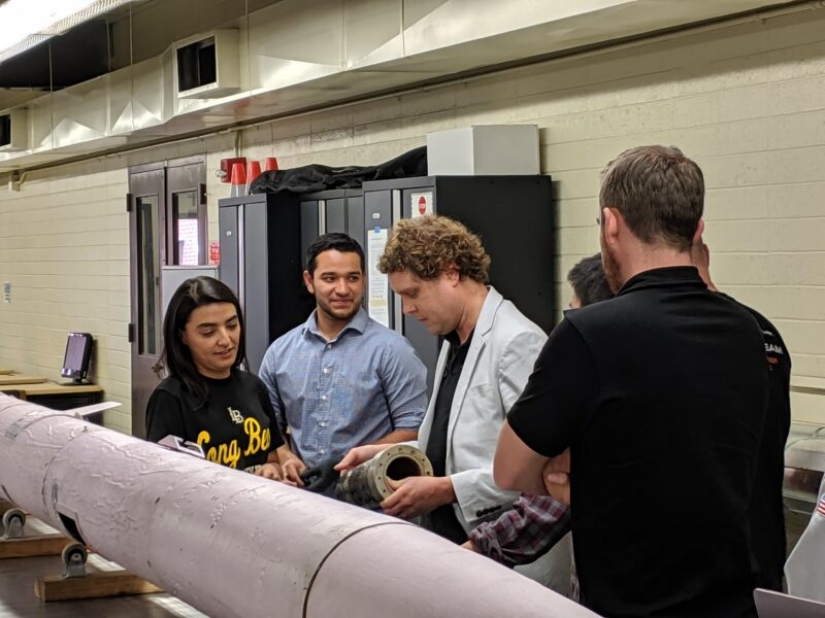
Recognition of professionalism came by itself. First, Peter was invited to work on the creation of a yacht, then he got to the shop, where he was engaged in molding, and then it took on an engineering position in an experimental laboratory, funded by the state.
In the laboratory, Peter realized that he was in his element. During the day he diligently performed their duties, and at night, with the permission of the management, caught up in his inventions in the workshop of the company. A passionate young man's colleagues were supported as best they could — on his Desk and dragged decommissioned tricky tools and parts, and once even gave an ingot of pure titanium worth about $ 2,000.
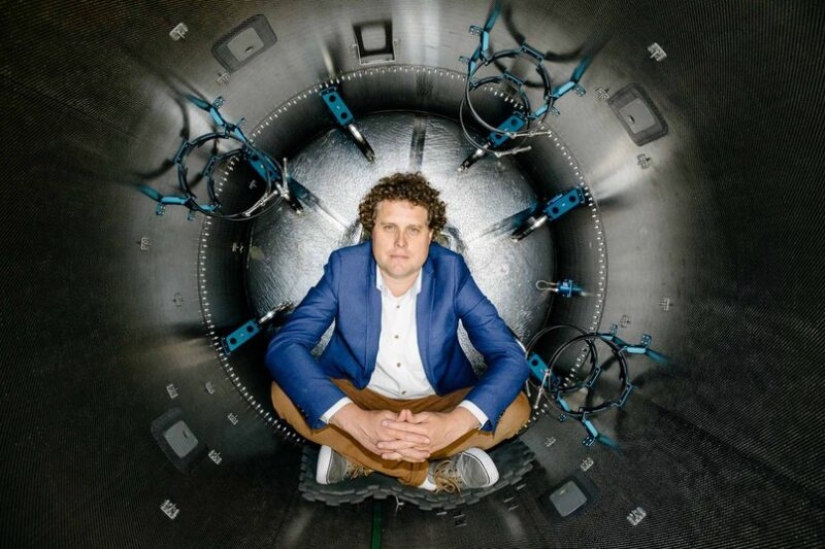
Peter was constantly in motion, visiting scientific centers and laboratories. He was seen in the NASA Research center named Ames (Ames Research Center) and the jet propulsion Laboratory (Jet Propulsion Laboratory), as well as in the design Bureau and Boeing Rocketdyne.
Nobody knows how he managed passionate Beck to get to the place where no ordered way — his passion for the new has done the impossible. But all these "forge of innovation" disappointed guy as a conservative approach to the issue and cooperate with them, the desire arose.
Peter Beck nursed grandiose plans — he wanted to figure out a way to reduce the cost of cargo delivery into orbit to make it massive. The existing methods with huge and expensive boosters did not suit him. The inventor was convinced that only the reduction of the cost of missiles will provide humanity a real breakthrough in the space.
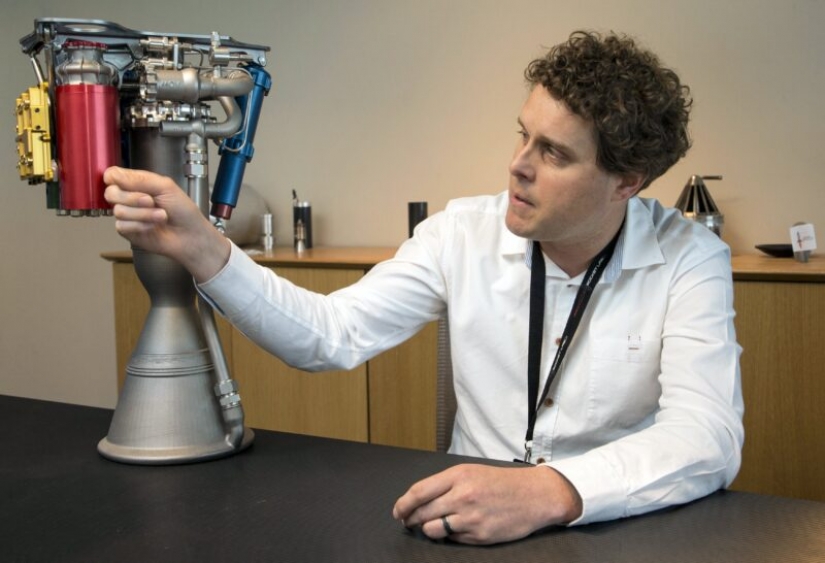
This was possible due to cheaper electronics, the use of new rocket engines and 3D printing. A fundamentally new missile could deliver to orbit satellites by the hundreds, and reuse stages would make such launches more profitable.
At this time, Elon Musk and his company SpaceX was just taking its first steps. He had already launched its devices in space, but each flight cost 100-300 million dollars behind him and carefully watched by the government. Devices Mask was huge, and the efficiency of the launch left much to be desired.
Disappointed in technology USA Beck returned to New Zealand. At home, he has the support of the government, which gives him an entire floor of laboratory equipment and assumes the rental cost. Peter investors, however, with mark roket (Rocket Mark) — the Internet entrepreneur, to believe in cheap rockets Beck.
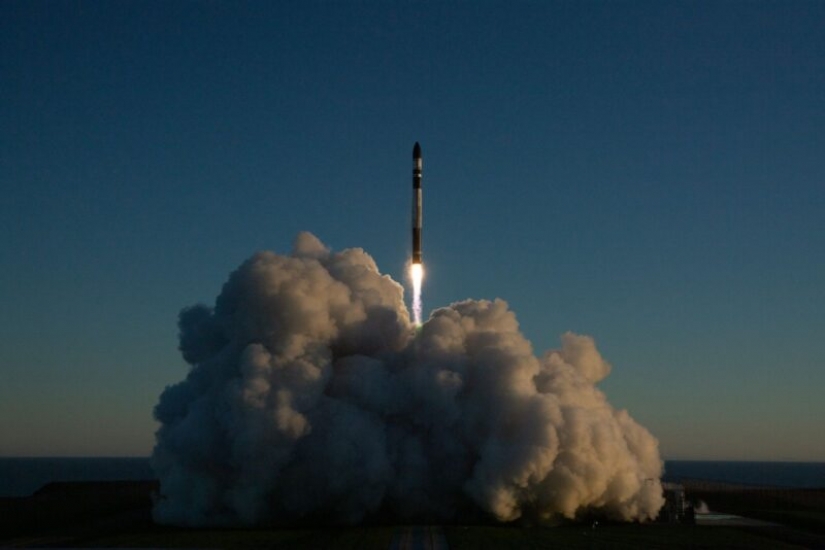
Mark gave a large part of the 300 thousand dollars needed to implement the ambitious project. The rest of the Peter borrowed from friends and on my modest accounts. In 2009, the first rocket called the Ātea-1 was ready. The unit name translated from the Maori language as "space", so he just could not reach the goal!
The launch, which was only 6.1 m and a weight of 59 kg, was held on the island of Great mercury (Great Mercury), owned by businessman Michael Fairy (Michael Fay). The first space cargo was... sausage, produced by Fairy — so Beck paid for the lease of the launch pad.
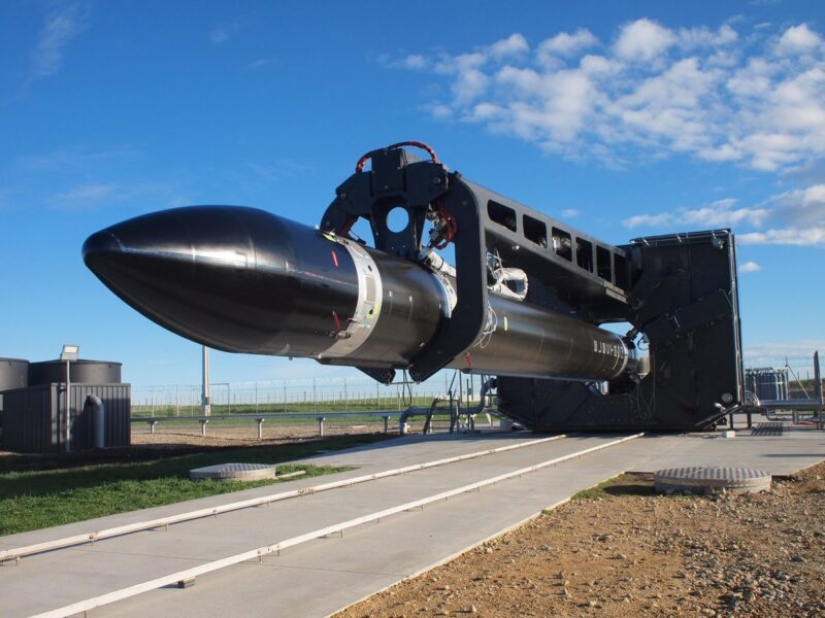
From the time of flight of sausage in space have passed 11 years and today the company Peter Beck, Rocket Lab is worth exactly $ 1 billion. Yes, it is capitalization to SpaceX Elon musk, but Beck does not care. He achieved his goal and wiped his nose to the Americans — his rocket Electron cooler, and most importantly — easier for colleagues in the class. Its sleek black body with a total length of 17.1 meters and a diameter of 1.2 meters, and it is designed for the delivery to orbit of a weight of 228 kg.
What is there to win, after all, the Falcon 9, the company Mask delivers into orbit a 22.8 tonne payload? It's simple — a SpaceX rocket with a height of 70.1 meters and the diameter 3.7 meters "lucky" cargo 60 million, and the rocket Rocket Lab just 5. It is worth to clarify that in space transportation, the reduction of load does not entail a proportional reduction in the cost of the flight.

The cosmodrome's LC-1, owned by Peter Beck
Now the company Rocket Lab is very close to another purpose: to launch a rocket into space weekly. Rocket engines that are printed on 3D printers, helped to achieve such a stunning result.
Keywords: Genius | The startup | Inventor | Elon Musk | New Zealand | Print | Rocket
Post News ArticleRecent articles

Most of us loved as kids magic tricks, but someone loves them right now. However, the attitude to the hoax became a few others ...

Everything is changing. This is well and has long been known to everyone. But when something stays with you for a long time, it is ...
Related articles

Modern geniuses considered to be people like Mark Zuckerberg or Elon musk, but sometimes the "mere mortals" also doing things that ...

One night in 1971, in the American city of Cleveland, Ohio, a historic event occurred. Lying on the surgical table, the small, ...

The Japanese are, undoubtedly, people of the future. They are resourceful and do not like to complicate your life, so use lots of ...

Compared to the 1970-ies 1980‑e years were a time of cautious optimism in new York. Boom on wall street fueled the speculative ...